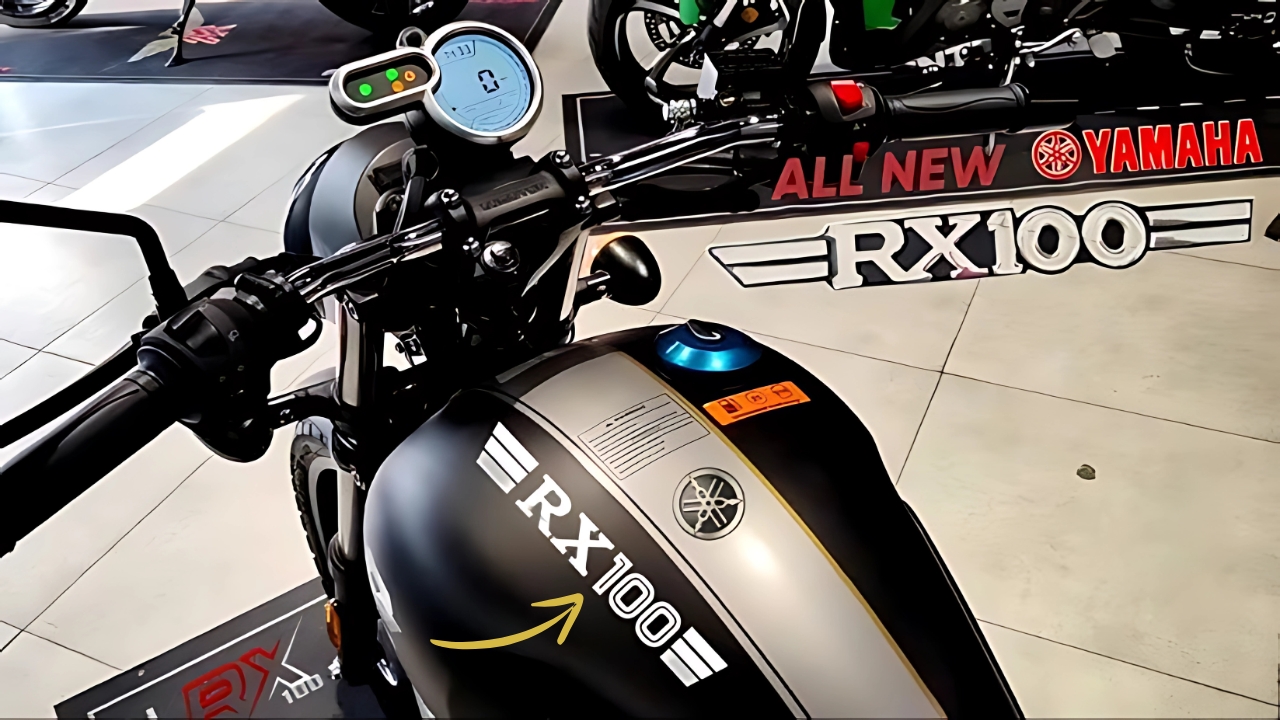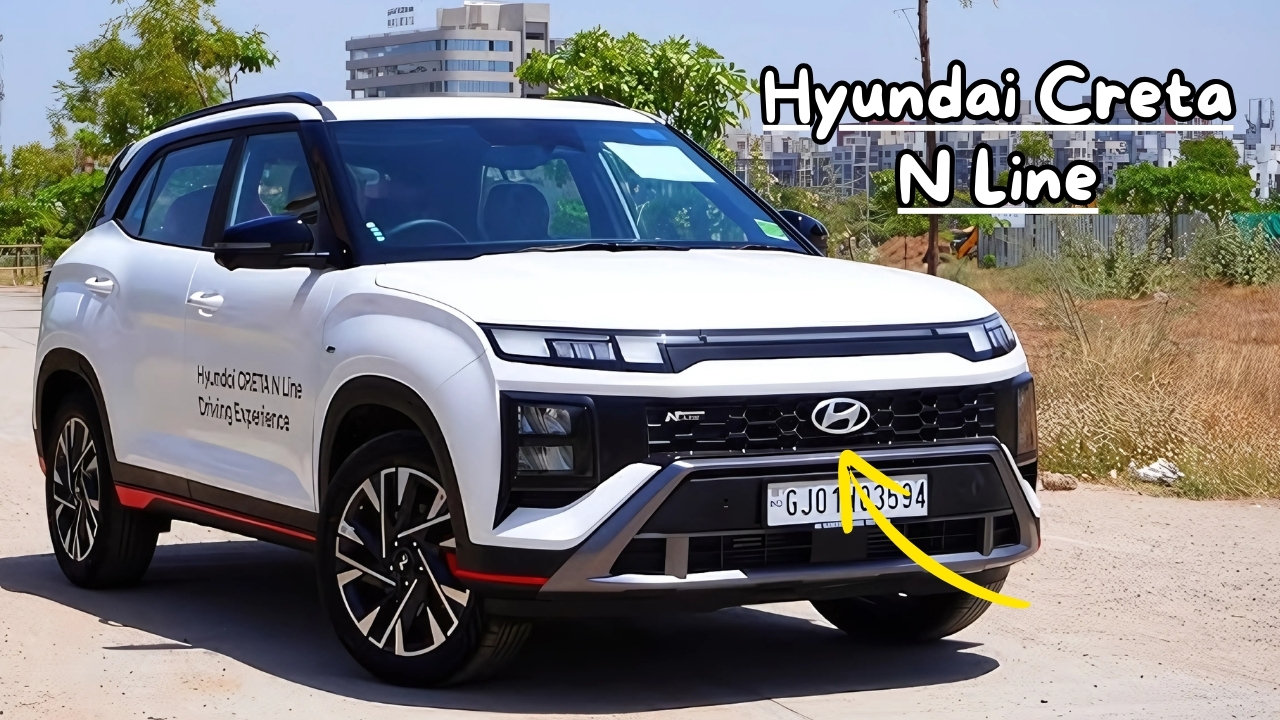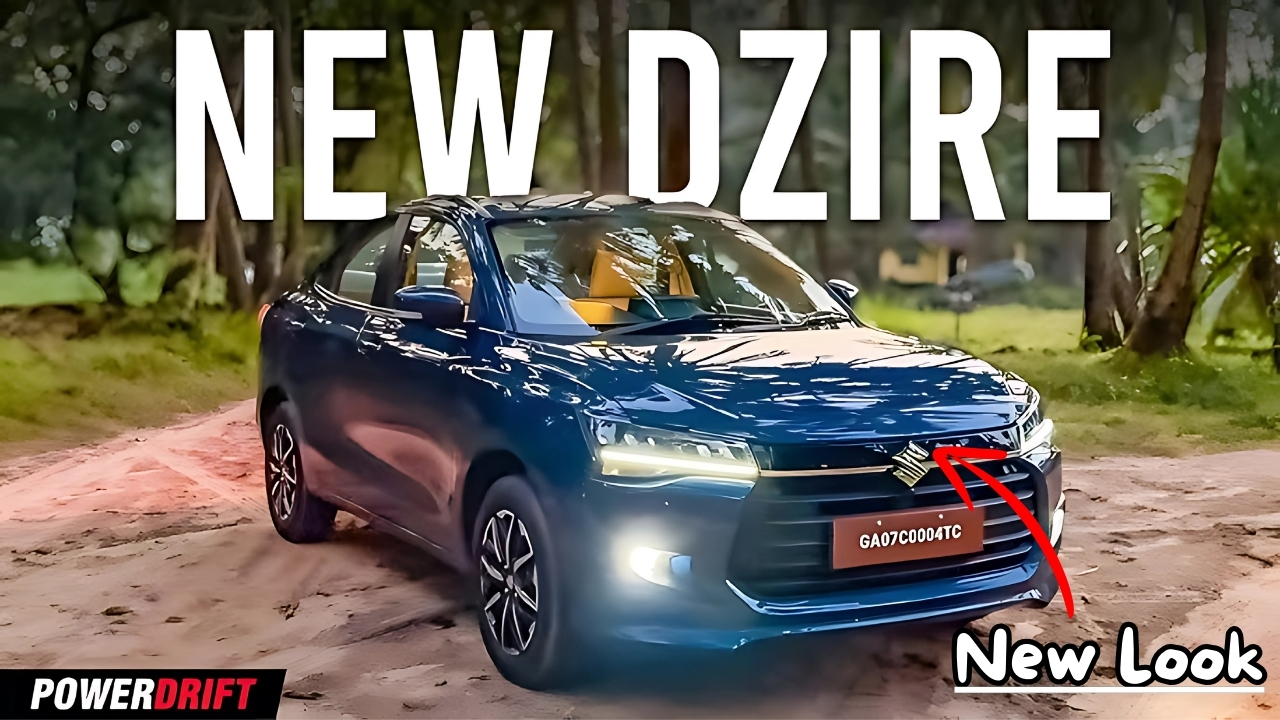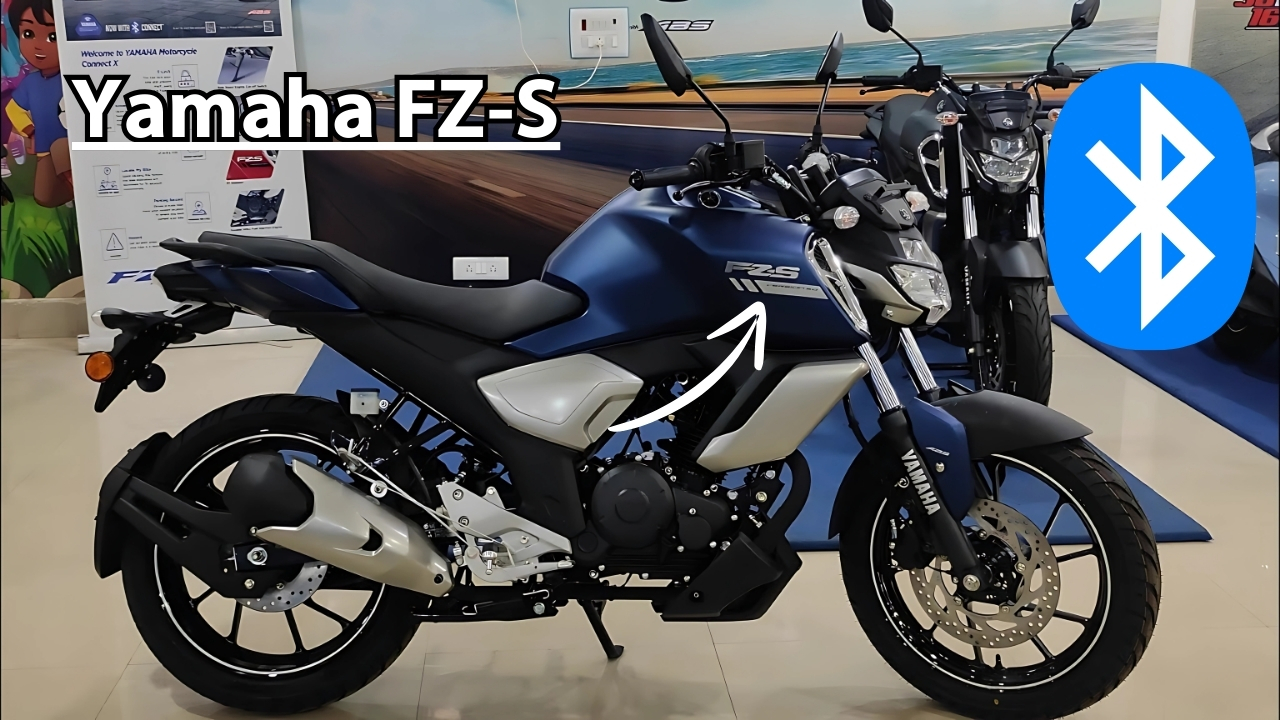In the world of Indian motorcycling, the Yamaha RX100 stands as an iconic symbol. This compact powerhouse, known for its signature two-stroke roar, didn’t just capture podiums but also the affections of thousands.
Now, amidst rising rumors about its possible revival, let’s embark on a nostalgic journey and explore the legacy of this beloved classic as well as the hints of what the future may hold.
The RX100’s journey began in November 1985, a time when Yamaha was recovering from disappointing sales of the Rajdoot 350. Inspired by the success of Suzuki’s AX 100, they decided to up their game, and they truly outdid themselves.
What emerged was more than just a motorcycle—it was a groundbreaking innovation on two wheels. Thanks to its featherlight frame and a spirited 98cc two-stroke engine, this little dynamo exhibited a power-to-weight ratio that left larger bikes in the dust.
Think of it as a lightweight boxer packing a heavyweight punch.
So what made the RX100 so remarkable? Right off the bat, its engine was a testament to both simplicity and performance. With air cooling and a reed valve two-stroke single that churned out 11.2 hp and 10.39 Nm of torque, it wasn’t about flare numbers compared to today’s supermachines.
Back then, those specifications were explosive enough to ignite the streets.
The RX100’s charm was more than just power; it was all about how that power was unleashed. The bike felt agile and responsive, easily maneuverable as if it was an extension of the rider. A simple flick of the handlebar sent it whizzing around corners, much like a playful pup chasing its favorite toy.
Twist the throttle, and it surged forward with an exhilarating pull, always ready to leave a beaming smile on your face.
However, one of the RX100’s standout features was undoubtedly its sound. The unmistakable two-stroke sound was not just music to passionate riders; it was a call to all who craved speed. The roar of an RX100 speeding down the street was enough to turn heads and quicken pulses.
The RX100’s production spanned from 1985 to 1996, but its legacy has long outlasted its manufacturing years.
Today, well-preserved RX100s fetch high prices in the secondhand market.
Restorations are common, with owners polishing their chrome to a high gloss, proudly displaying them at vintage bike events.
What truly cemented the RX100 as a cult favorite? It transcended mere performance or acoustics; it embodied a dream.
During a time when motorcycles were luxury items, the RX100 was within reach for many, fast enough to thrill yet practical enough for daily use.
It also gained a reputation among racers and modders, its straightforward design making it easy to modify. Soon, a whole subculture of enthusiasts emerged, eager to enhance these bikes in imaginative ways.
From innovative exhausts to revamped engines, the RX100 became a platform for creative mechanical expression.
After it left the scene in 1996, its essence carried on through models like the RXG and RX-Z.
But with stricter emission regulations and a shift toward four-strokes, the RX100’s legendary two-stroke sound faded into history.
Whispers of a Revival
Recently, there’s been a buzz about the RX100 making a grand return.
While Yamaha remains tight-lipped about these rumors, the mere idea has set the biking community alight with anticipation.
If the whispers have merit, a new RX100 could join the streets as soon as 2025.
But what will this modern version look like? One thing is for sure—it won’t be the same two-stroke thrill machine of yesteryears, thanks to today’s stringent emission laws.
Instead, we can expect a contemporary motorcycle that pays homage to its storied forbearer.
The new RX100 is anticipated to feature a familiar 98cc, air-cooled single-cylinder engine, which, although it won’t unleash the visceral power of a two-stroke, is still projected to deliver around 10.85 bhp and 10.39 Nm of torque.
Expect a fusion of classic and contemporary design, with iconic elements like a round headlamp and a curvy fuel tank, alongside modern updates such as LED lights and a digital dashboard.
It may even feature alloy wheels and disc brakes—an upgrade from the traditional wire-spoke wheels and drum brakes.
One promising aspect of the new RX100 might be its fuel efficiency. Though the original had a reputation for thirstiness, the new model is rumored to achieve about 40 kmpl, a solid figure for a bike aimed at performance.
However, this modernization is expected to come at a cost. While the first RX100 was an accessible dream, the new version’s price is pegged to be between ₹1,40,000 to ₹1,50,000.
That’s certainly a shift from the original’s affordability, but keep in mind it’s an entirely new motorcycle.
The pressing question, then, is whether the new RX100 can live up to its storied predecessor’s legacy.
Can it capture the unique charm and raw allure that made the original a true icon?
It certainly is a high bar to meet. After all, the RX100 was more than a motorcycle; it was a cultural moment. It was the ride that introduced a generation of Indians to the thrill of speed.
It launched racing careers and was equally comfortable on a racetrack as it was navigating village roads.
Should the new RX100 materialize, it will debut in a vastly different landscape, one saturated with performance-centric commuter bikes and entry-level sports options.
It has to entice buyers who expect modern tech and features alongside nostalgic aesthetics.
But if history has taught us anything, it’s to never undervalue a well-crafted Yamaha.
Should Yamaha manage to recapture even a hint of the original RX100’s magic, we might be on the cusp of a new legend.
As we await confirmation from Yamaha, the RX100’s story only continues to grow.
Collecting original models has become increasingly popular, with enthusiasts cherishing a slice of the golden era of two-stroke bikes in India.
Regardless of whether the upcoming RX100 meets the legacy of its ancestor, one fact remains clear: the original will forever have a cherished place in the hearts of motorcycling fans.
It was more than just a bike—it embodied freedom, adventure, and the realization of dreams.
So let’s raise a toast to the Yamaha RX100—the small bike that packed a punch, dazzled us then, and just might do so again. May its legacy endure, in whatever shape it adopts.
And who knows? Perhaps we’ll soon hear that beloved two-stroke growl resonating once more, marking the triumphant return of a legend.






